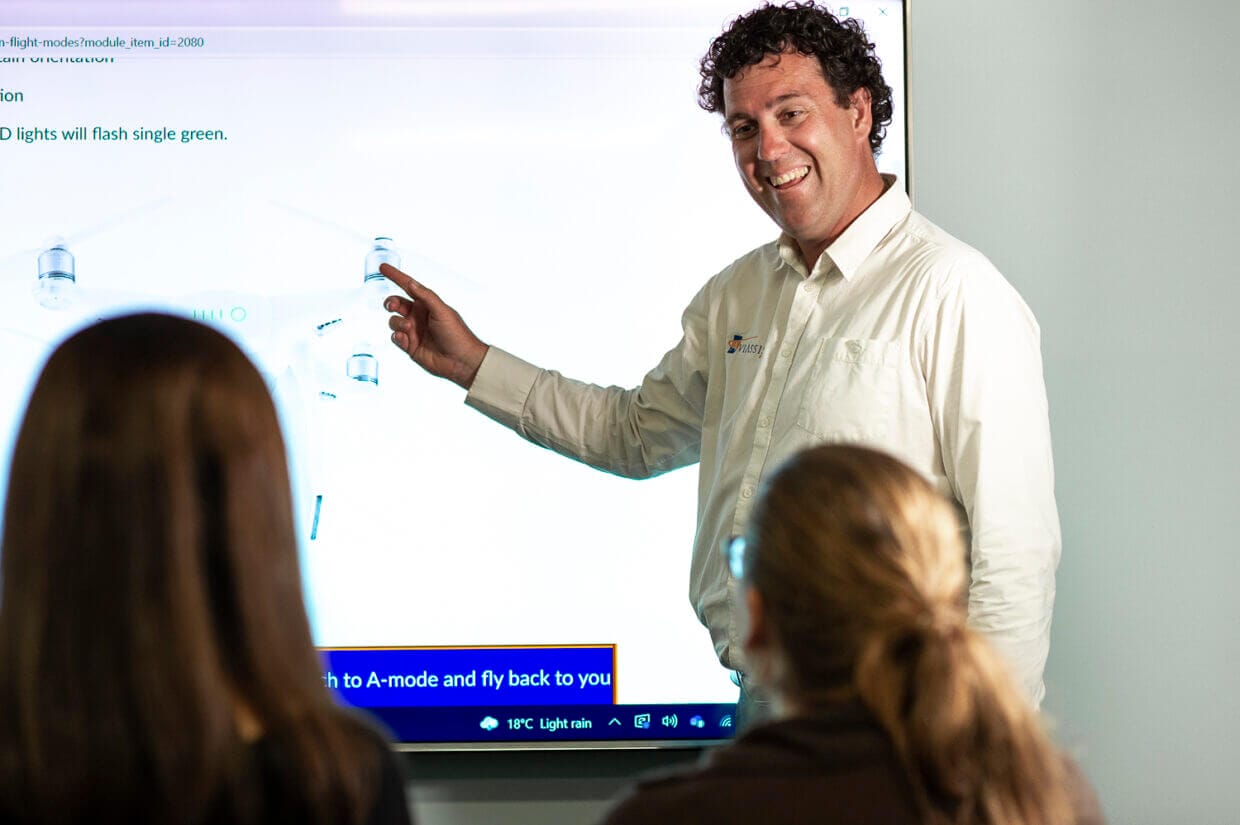
From Founder and Managing Director, Ross Anderson
In August 2022, the Civil Aviation Safety Authority released an exemption (CASA EX49/22) for piloted helicopters, allowing a class-based licensing system for multi-engine helicopters. The explanatory statement released with the exemption explains
“The prescription of a type rating for all multi-engine helicopters, rather than a class rating, has led to practical barriers to the efficient conduct of training and entry-control testing of pilots for less complex multi-engine helicopters certified for single-pilot operation. The current approach is believed to be a key reason for the limited availability of suitably-qualified flight instructors, examiners and Part 141 operators to conduct training and assessments for pilots for these helicopters, which leads to increased costs and time”
A class-based system identifies families of aircraft that have stark similarities. So similar, aircraft are treated the same for licensing and operating. Fixed-wing aircraft have featured this class type rating system for quite some time.
For instance, the Boeing 737-600, 737-700, 737-800 and 737-900 series are so alike they are treated as the same aircraft from a licensing perspective. The 737-600 has a maximum take-off weight of 56 tonnes, with the 737-900 coming in at 79 tonnes. While the aircraft are not so similar in weight, they are similar in the systems used to fly the aircraft. The 737-600 to 900 series are affectionately known as “Next Gen”, sharing similar flight control systems, the previous generation of 737s utilised different systems and are referred to as the “Classic”, and recently we have seen the introduction of the “Max” family of 737s.

Likewise, drone manufacturers design their drones as similar as possible to encourage drone operators to stay in the family. Australian manufacturer Freespace operations have two aircraft in its family, the Callisto 25 and the Callisto 50. The Callisto 25 has a Maximum take-off weight of 35kg, and the Callisto 50 has a maximum take-off weight of 52kg. Both drones are configured the same, utilising the same pilot control station with slightly smaller motors for the Callisto 25.

The same applies to drone giant DJI whose agricultural drone family (T10, T16, T20, T30 and T40) have similar components and systems with maximum take-off weight ranging from 24.8kg to 101kg.

A weight class is applied for drones less than 25kg in Australia, meaning any aircraft type below 25kg does not need specific licensing per drone. As a result, the below 25kg drone market is simple to navigate and training easy to come by.
Once the gross weight of a drone is above 25kg, in a licensing and operational sense, each drone is treated as a unique and individual aircraft. The individuality of each drone means if you want to operate multiple drones in the same family, you will need to be licensed on each drone, reducing access to training and slowing the growth of large drones used for industrial and agricultural operations.

RPAS and AAM Strategic Regulatory Roadmap 2013 Public Consultation
Class rating improvements were identified in the RPAS and AAM strategic regulatory roadmap consultation document released by the Civil Aviation Safety Authority in March 2022. In developing the roadmap, technical working group members considered the requirements of Remotely Piloted Aircraft Systems over the next 15 years. The roadmap earmarked a review of the current Remote Pilot Licence system, including class ratings, by the end of 2023.
Delays in a class-based system for drones are likely to see a continued lack of investment in training pathways for drones up to 150kg. The lack of investment has typically led to Remote Pilots being forced to self-train before relying on the flight test system of the regulator, using valuable resources and reducing safety outcomes.
The writing is on the wall for improvements in the licensing system for drones up to 150kg. In May 2022, an amendment to the Part 101 Manual of Standards was released, allowing training organisations to vary the prescriptive nature of the in-built syllabus to ensure safe outcomes for medium (<150kg) and large (>150kg) drones.
A Deloitte ‘Economic Benefit Analysis of Drones in Australia’ report conducted in 2020 suggests a $14.5 billion increase in GDP over the following 20 years, of which $4.4 billion is across regional New South Wales and Queensland. In addition, the report predicts cost savings of $9.3 billion in the following 20 years, including $2.95 billion in agriculture, forestry and fishing, $2.4 billion in mining and $1.34 billion in construction.
Suppose Australia is to realise the increase in GDP benefits suggested by the Delloite report. In that case, there is great benefit in adopting a class-based system as soon as practicable in a similar fashion as currently available to piloted aviation.
